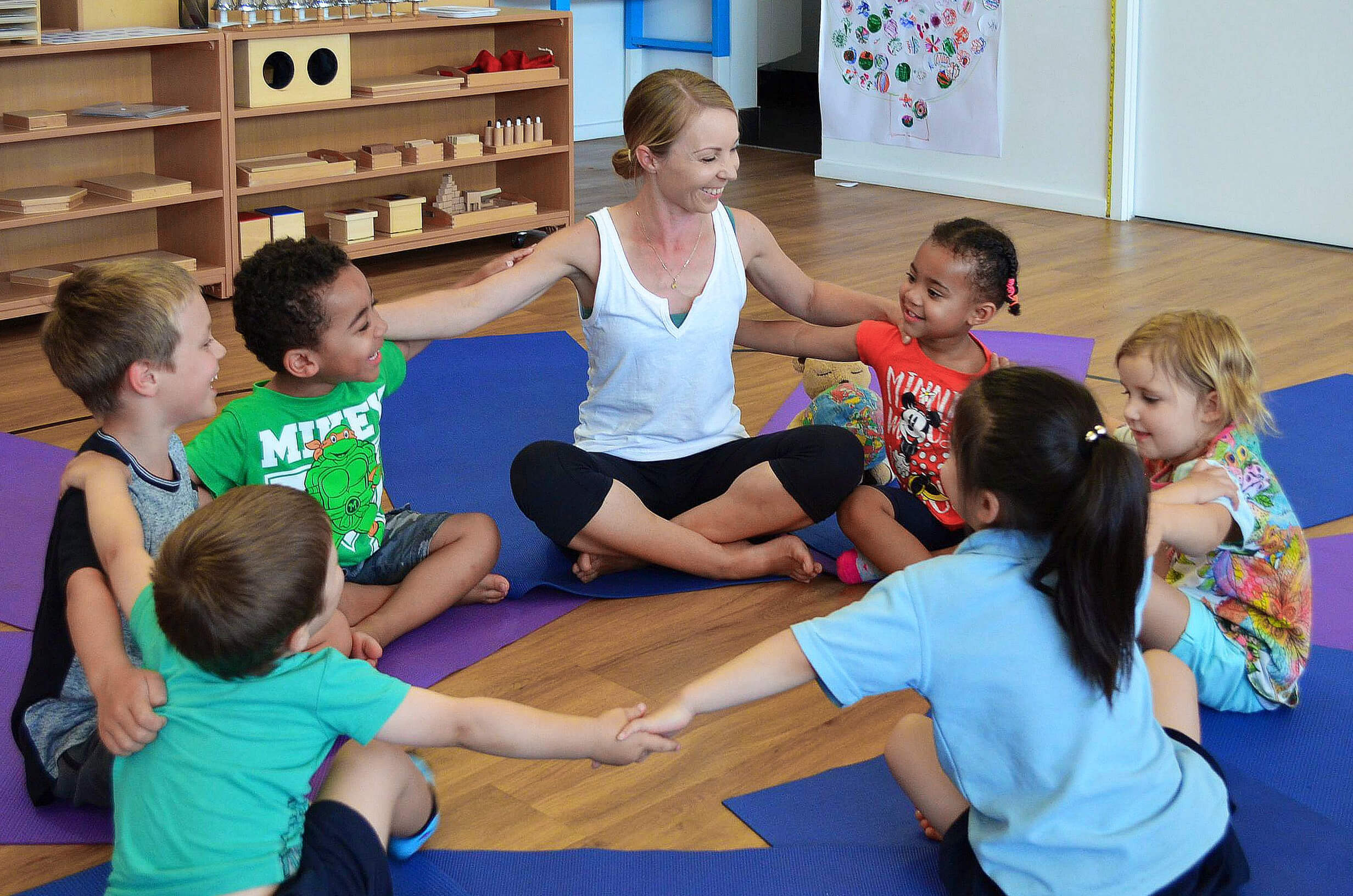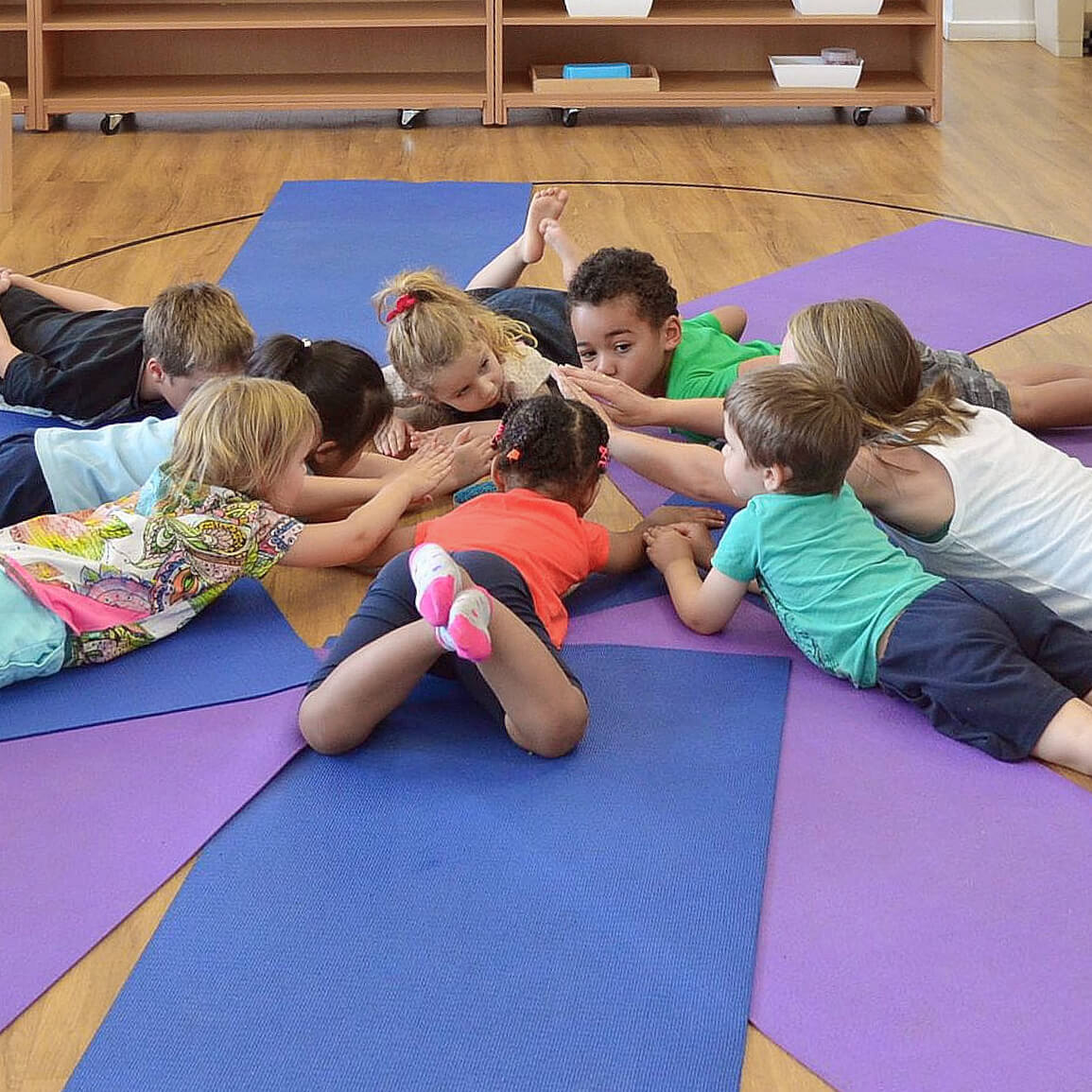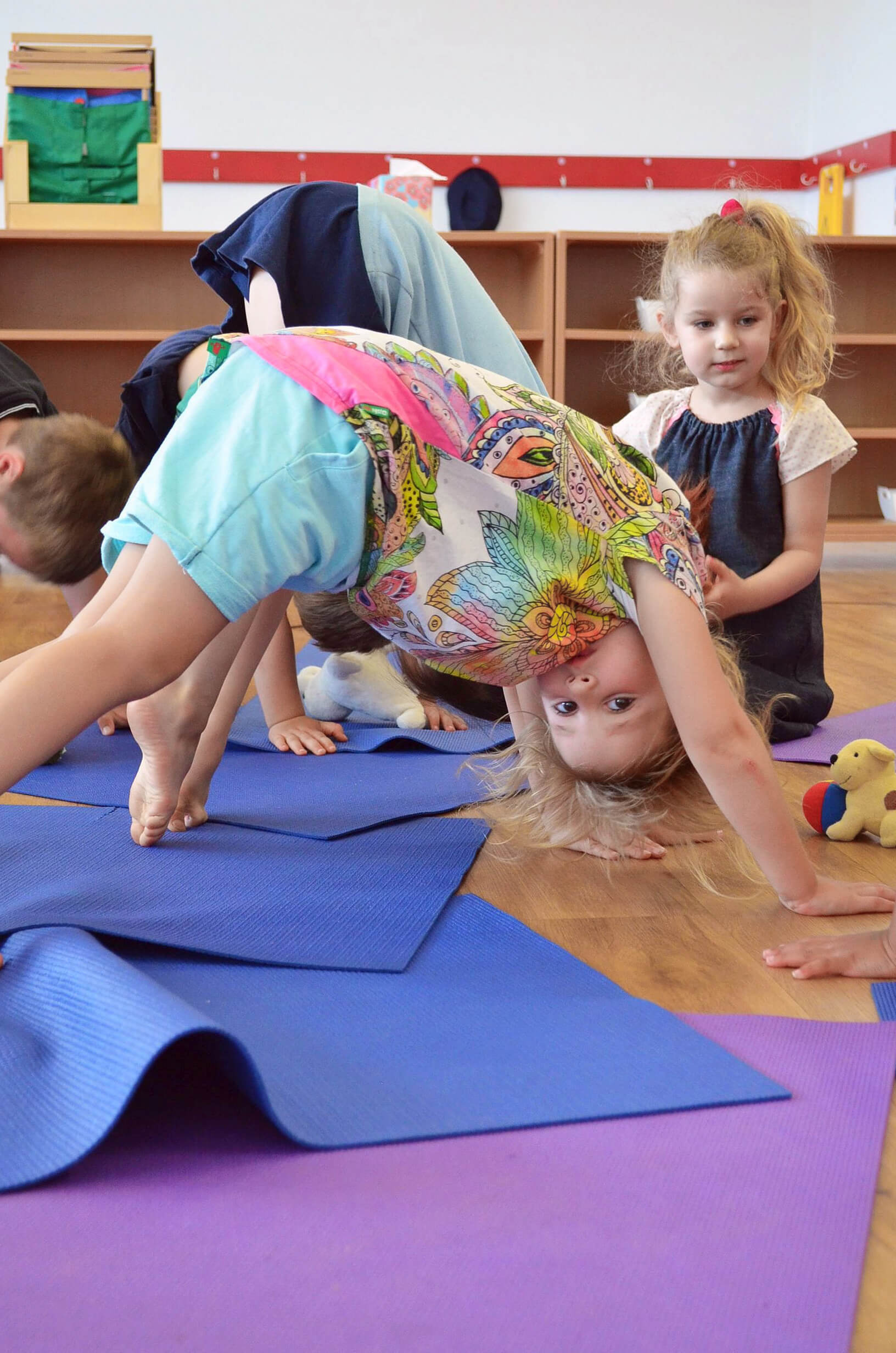Let’s be honest. We live in a world of screens and iPads. Our children prefer swiping screens than play with blocks or home-made play-doh. You can see article’s headlines “Children struggle to hold pencil due to too much tech” or “Do we still need handwriting skills?”.
More and more health professionals highlight concerns about kid’s handwriting skills. First question we should ask is “why is handwriting is so important?” As a mum of two boys I am concern that school does not pay enough attention to handwriting and calligraphy skills. There is no more expectation that your child keeps lines and works on calligraphy skills. More and more apps and white boards replace paper and pen.
I’m not sure if this is only my (European) expectation or is it simply irresponsible approach. If you are unsure as to whether we should let our children forget about handwriting you should take a look at the research.
“There are well established links between hand (fine motor) skills e.g. writing, and future maths and literacy academic achievement” [Source: Cameron, 2012].
“Recent work with young children suggests that writing may support foundational skills that are necessary for later academic functioning.” [Source: Laura Dinehart, 2014]
The research with four and five-year-old children has found that writing letters by hand activates areas of a child’s brain identified as the ‘reading circuit’. Writing letter shapes activates these areas of the brain more than tracing and typing of letters. The impact of activating this ‘reading circuit’ on overall development is unclear, but the researchers concluded that handwriting appears to support to the development of reading in young children [Source: James and Engelhardt, 2012].
Study also shows that making notes by hand instead of typing on laptop promotes a meaningful understanding or better application of the information (Source).
Students who write out their notes on paper actually learn more.
THREE MAJOR HAND GRASPS.
1. Whole hand grasp: As your young toddler attempts their first scribbles at about a year to 18 months, they will naturally use the whole of their hand. At about 2 years they may change their grip so their index finger points to the tip (digital grasp). Often this grip is used by children as they start to draw lines and circles.
2. Transitional: Static Tripod Grip From about 3 to 4 years of age children start to experiment with various styles of a ‘tripod’ grip. The child is using just three fingers to control their crayon, holding it with their thumb and index finger while resting it on the knuckle of the middle finger. All children are different and there are many variations of that grip. Child’s forearm remains off the table surface and they are still using their shoulder and elbow muscles.
3. Functional /Dynamic Tripod: As you child gains further control, they will progress onto a functional grip. They may be using this grip as they start primary school. Child using functional grip is confidently holding a pencil between three fingers. His or her forearm is now ON the table, as most of the hand movement is now coming from the fingers and wrist, rather than the elbow and shoulder. Now this grip allows more precision and control.
Research shows children need to be able to confidently draw a square and an X before they can start writing in lowercase letters. If children start to write in a lower-case too early, before they are ready, this can have a negative impact on their handwriting ability.
How to improve child’s handwriting?
General activities:
- Encourage your child to have fun and do big scribbles on a vertical surface e.g. a blackboard, or on a big sheet of paper. These activities are fun and encourage your young child to activate their shoulder and elbow muscles. These are the foundation muscles for writing.
- Your child can practice picking up small objects with two or three fingers. It is plenty of fun. This activity requires also more concentration and can be amazing tool to introduce mindfulness games. You can make with your child mandalas from little, colourful objects or make shapes and patterns.
- Crayoning games. If you gently hold the top of the crayon as your child scribbles, they will be more inclined to grasp the crayon near the point.
- Challenge your child to pick up small objects using a pair of tongs and place them in a container. This type of activity also encourages child’s hand eye coordination, which is crucial for development of writing skills. Introduce more colours, shapes and counting to make this activity fun.
- Drawing games on a vertical surface or on big sheets of paper on the floor are always great idea. These activities encourage the child to express himself but also keep your child’s shoulder muscle active and support good posture.
- Play games that challenge your child to use their fingers individually e.g. fingerprinting games.
- Yoga postures & movements: Movement and yoga inspired postures and activities, will encourage your child to keep their shoulder, tummy, back and hip muscles active. These muscles are the powerhouse for good posture and hence good handwriting. Bring yoga poses to childcare, school and your own house. Morning warm-up or evening yoga story time. There are countless possibilities to make your child move.
- Massage and finger drawing on somebody’s back.

Yoga and mindfulness exercises with props like breathing ball, calm jars, stress balls or home made Jenga yoga.


Yoga poses with use of hands and fingers. Downwards dog and plank pose has the added advantage of encouraging your child to take weight through their hands. This relaxes tense muscles.
- You can add amazing games to yoga poses and make children to focus on fingers more, add some pressure, extend arm wrist curls or interlace fingers. – tree pose – lotus pose – owl pose – cobra pose – praying pose – eagle pose
- Finger rhymes & games To improve handwriting and pre-writing skills, try to make moving the fingers fun! Thumb wrestling Singing the Tommy Thumb song with actions Rock, paper scissors Hand clapping games ‘Twiddling Your Thumbs’ by Wendy Cope is a full of lots more funny games.
- To get better at handwriting you do not need to be stuck at home! Make shapes with twigs whilst out for a walk. Draw in the sand when you go to the beach. Write your name in the mud after rain. Climb trees. Pick up fruit. You can even engage your child in home chores like cleaning windows or weeding the garden!
All of these fun activities help to develop pre-writing skills & ultimately improve handwriting. Think outside the box Use you and your child’s imagination.


Recent Comments